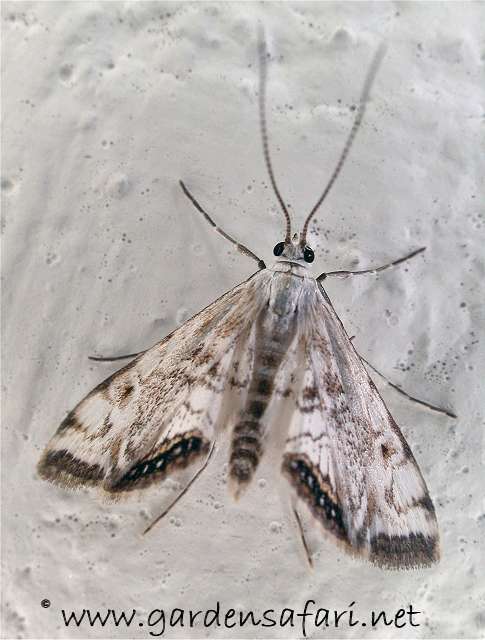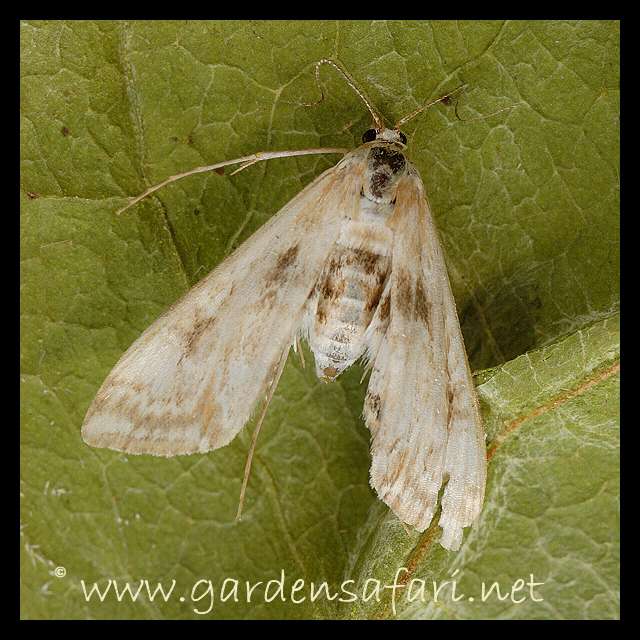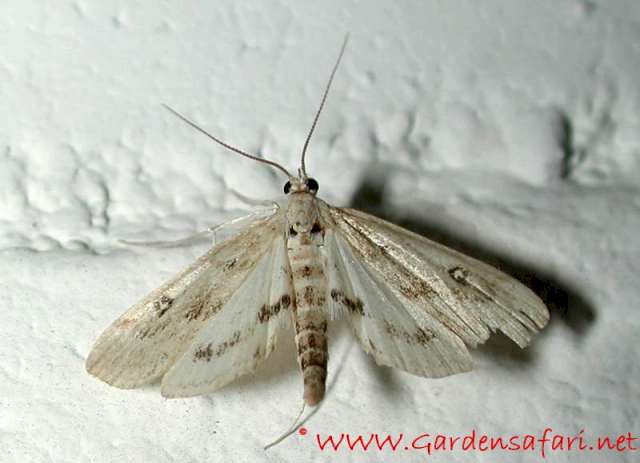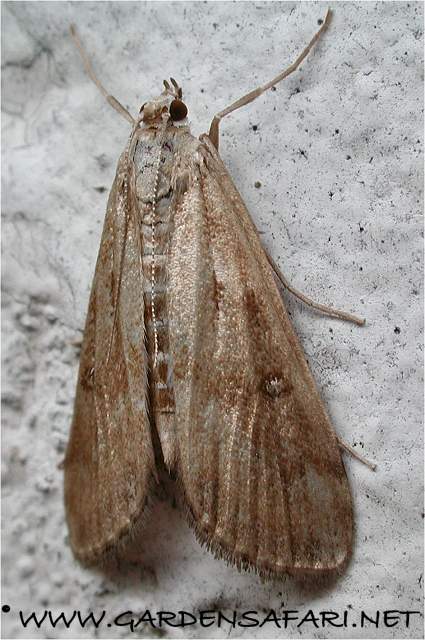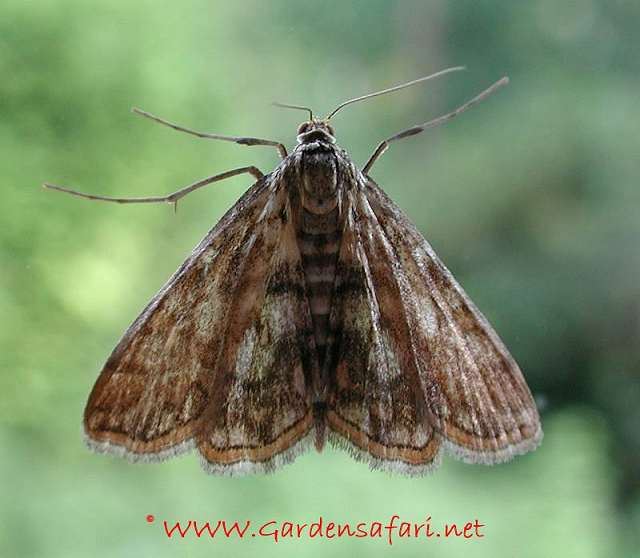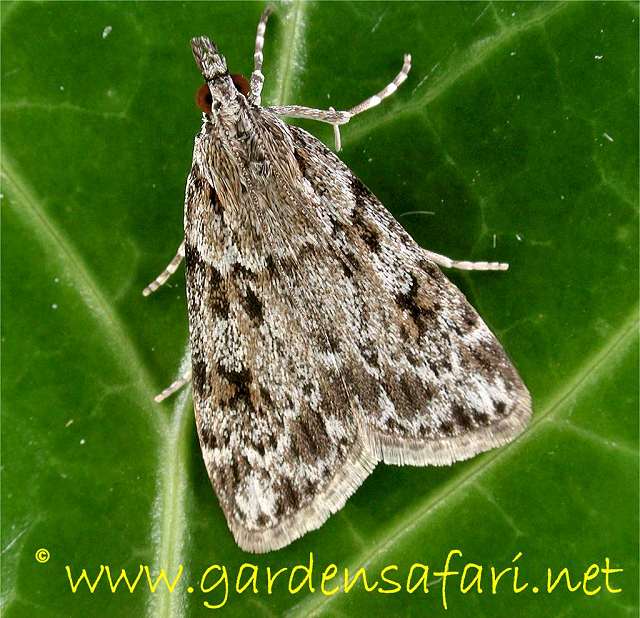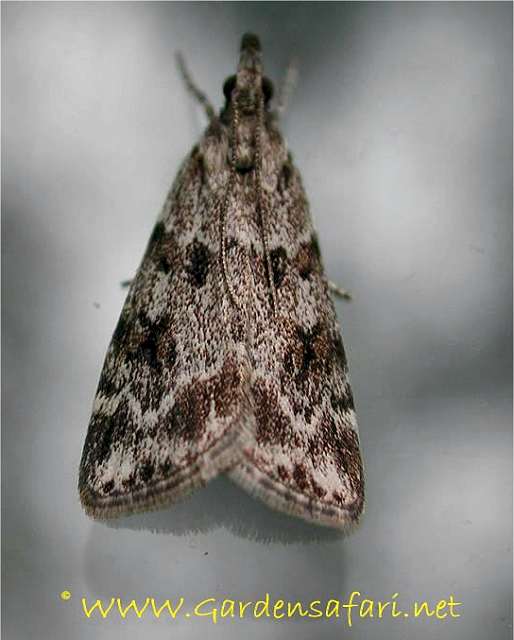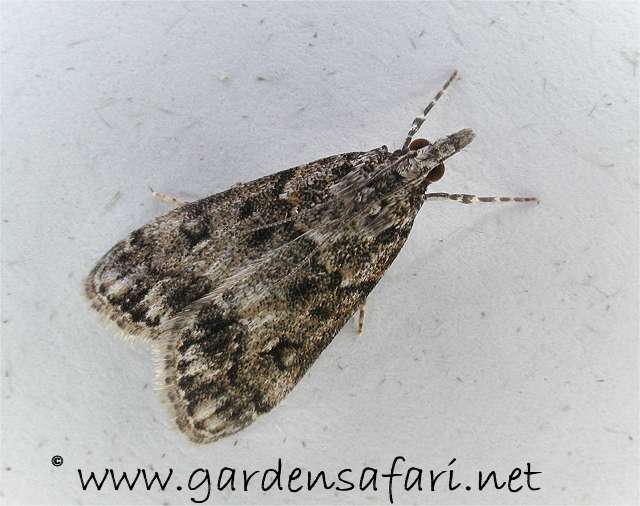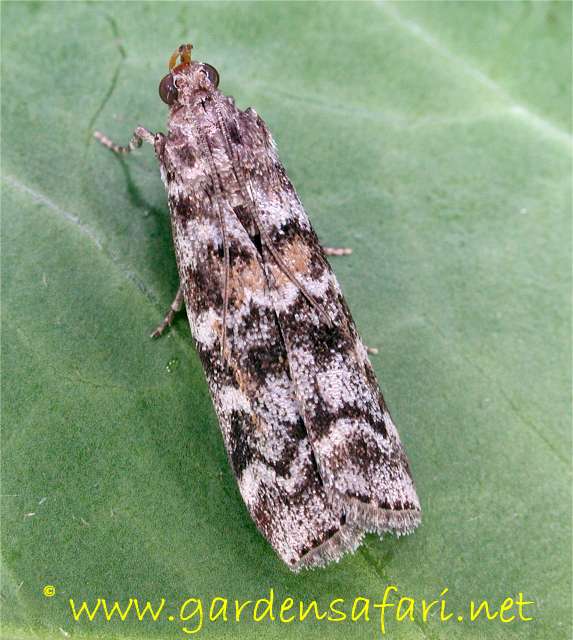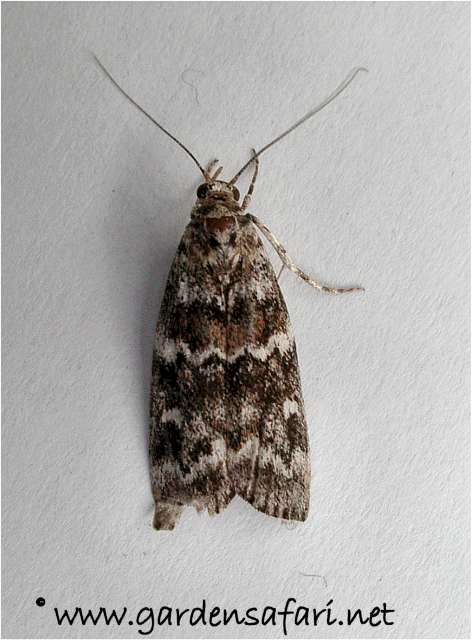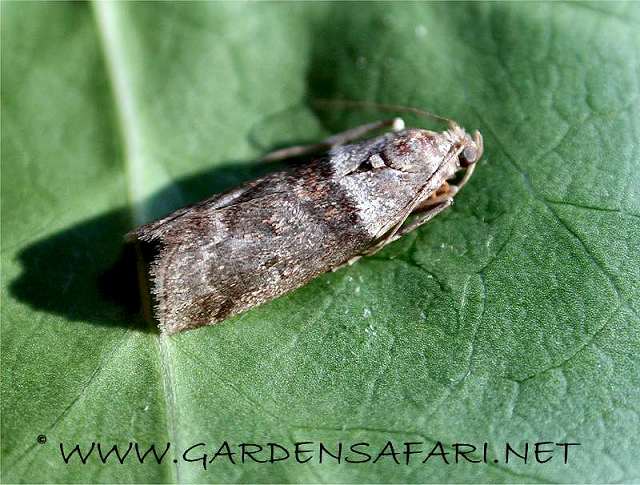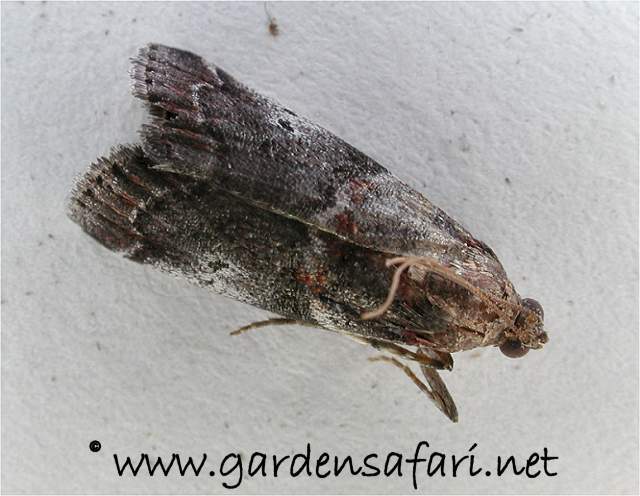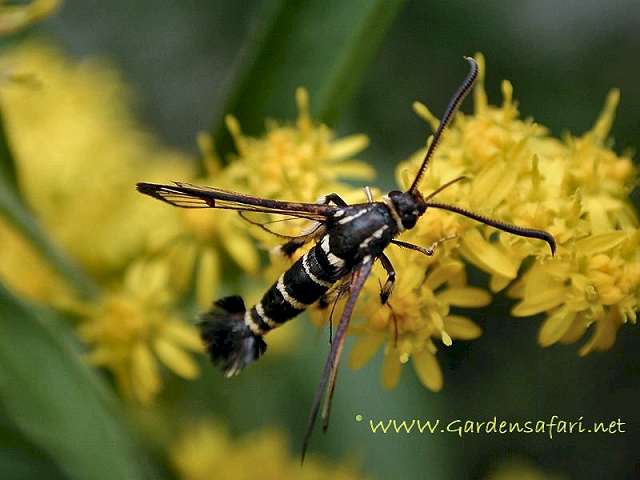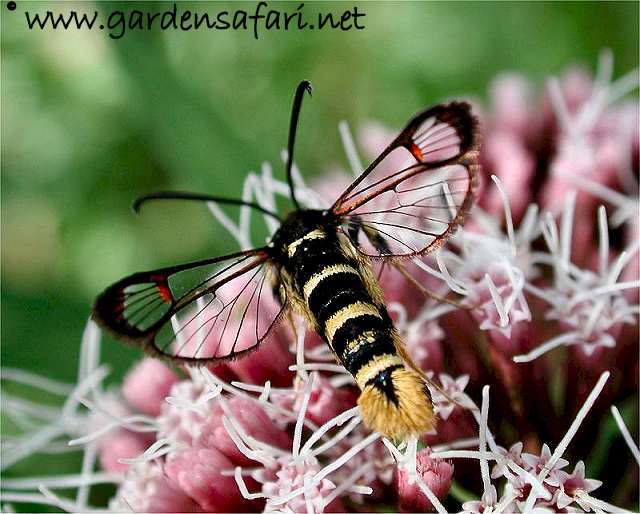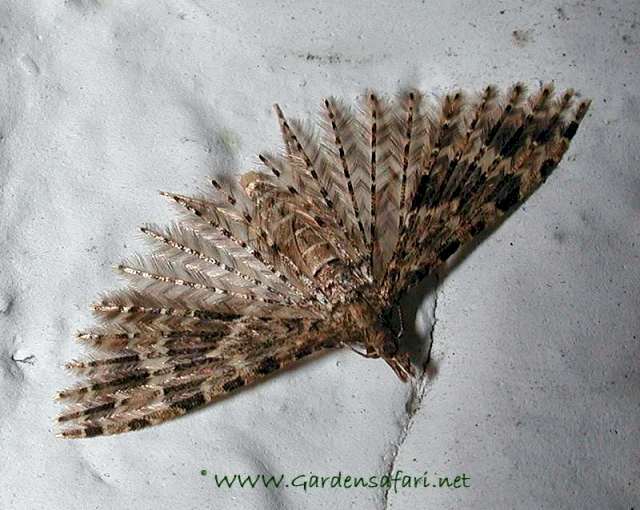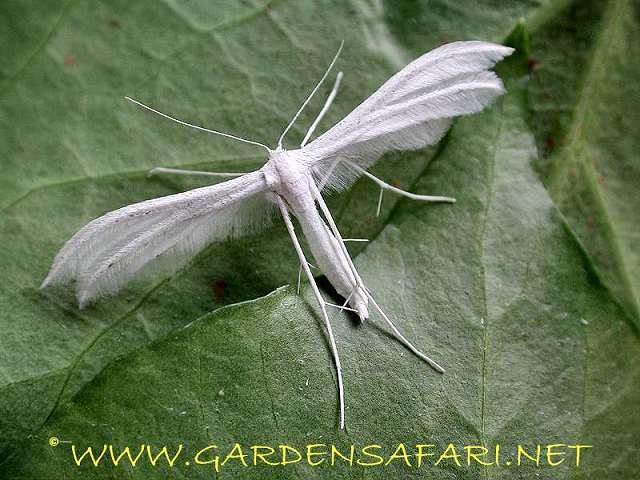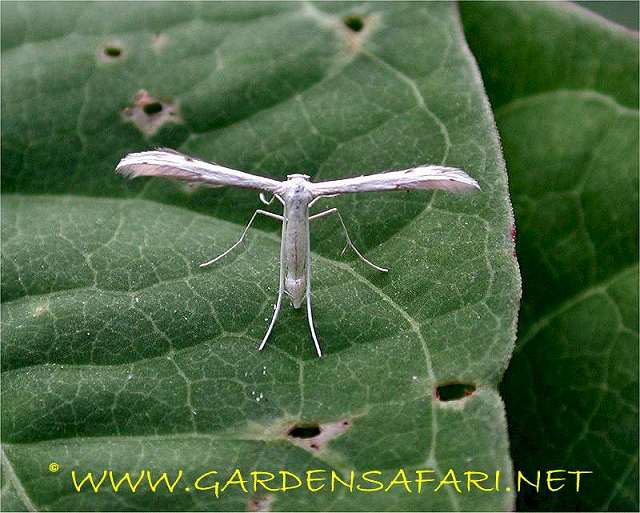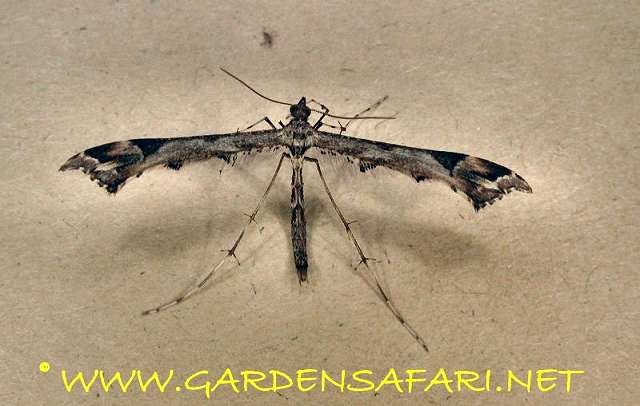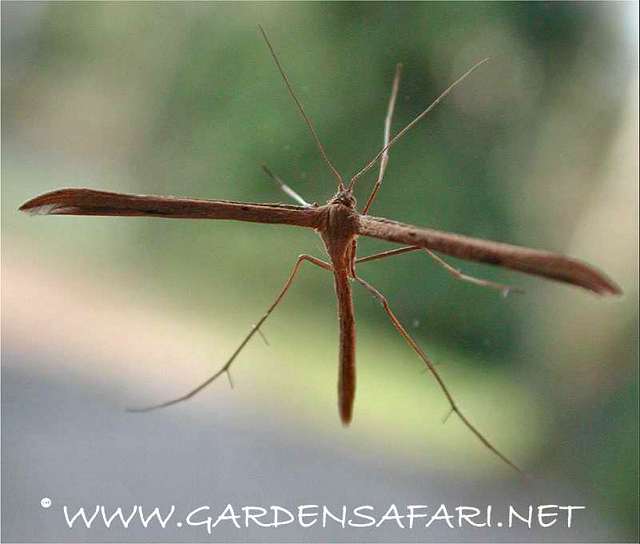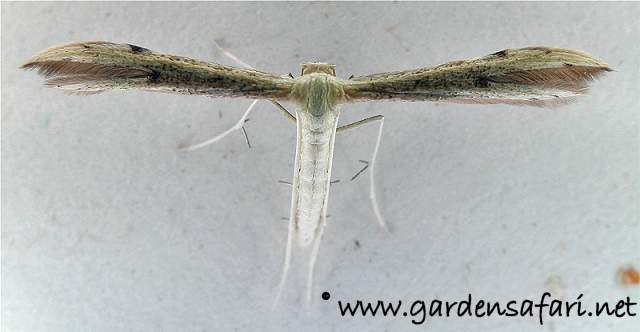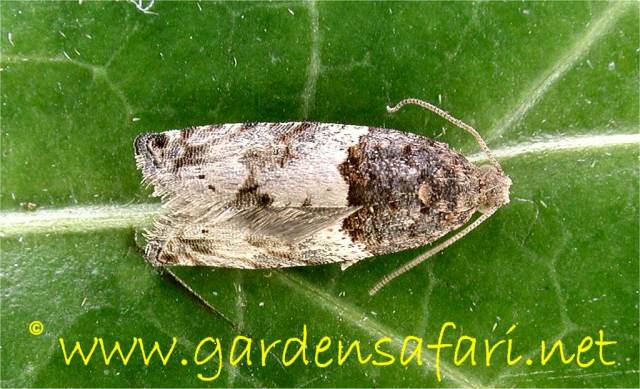Chilo phragmitellus
Chilo phragmitellus
Chilo phragmitellus
Chilo phragmitellus
Subfamily: Grass Moths (Crambinae)
Chilo phragmitellus is a curiously shaped Grass Moth and the biggest of them all. This also makes it one of the easiest to identify. Males and females however are different. Males are darker. Their wings are much broader and less pointed. Their hind wing is brownish or yellowish white. They'll reach a wingspan of 24 to 32 mm. This makes them rather big for Grass Moths, but they remain still small compared to the females, which may reach a wingspan of up to 40 mm. The forewings of the females are narrower and longer than those of the males. The hind wing is pure white in females. Chilo phragmitellus is single-brooded and on the wing in June and July. It flies after dark only. Females are good flyers and may be encountered far from the breeding grounds. Males fly less well and stay close to the breeding grounds. The larvae live in the stem and root of common reed, thus making reed beds the main breeding grounds of this species. Chilo phragmitellus is not uncommon in reed beds in Wales and England.
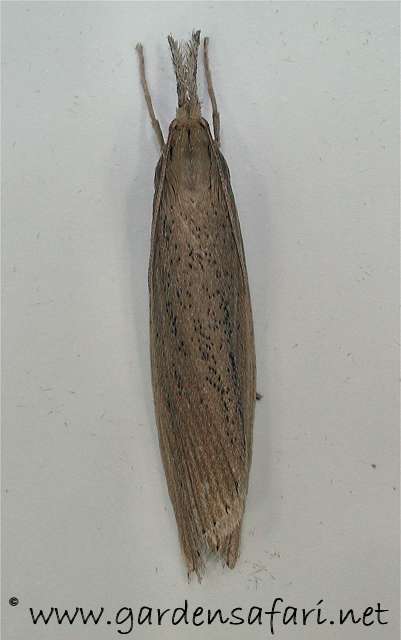
Subfamily: Grass Moths (Crambinae)
Chilo phragmitellus is a curiously shaped Grass Moth and the biggest of them all. This also makes it one of the easiest to identify. Males and females however are different. Males are darker. Their wings are much broader and less pointed. Their hind wing is brownish or yellowish white. They'll reach a wingspan of 24 to 32 mm. This makes them rather big for Grass Moths, but they remain still small compared to the females, which may reach a wingspan of up to 40 mm. The forewings of the females are narrower and longer than those of the males. The hind wing is pure white in females. Chilo phragmitellus is single-brooded and on the wing in June and July. It flies after dark only. Females are good flyers and may be encountered far from the breeding grounds. Males fly less well and stay close to the breeding grounds. The larvae live in the stem and root of common reed, thus making reed beds the main breeding grounds of this species. Chilo phragmitellus is not uncommon in reed beds in Wales and England.


